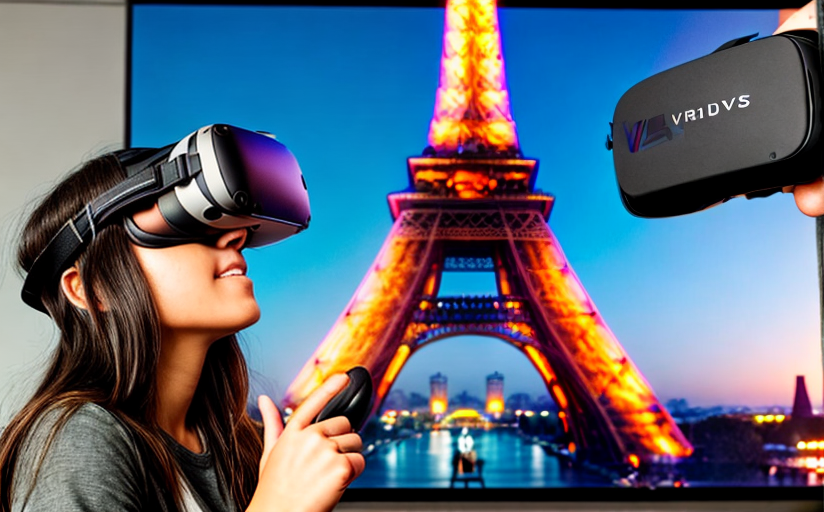Virtual Reality: Transforming Modern Education
Over the past couple of years, virtual reality (VR) has emerged as a major theme in technological discussions. No longer limited to gaming and entertainment, VR is making significant headway into the critical sector of education. This article delves into the specifics of educational VR applications, spanning from primary schools to higher education institutions, and contemplates the advantages and limitations of incorporating VR into a learning atmosphere. Real-life examples and case studies will be used to substantiate the arguments. Furthermore, the potential future contribution of VR in education and its ability to revolutionize teaching and learning methods will also be discussed.
The Impact of VR on Modern Education
Virtual reality has the potential to redefine the way we teach and learn by offering immersive, engaging experiences that can greatly benefit educational processes. With VR, there is a shift from traditional passive learning to a more active, experiential form of learning. This innovative technology enables students to visualize complex concepts in a three-dimensional environment, thus improving comprehension and retention.
Application of VR in Education
Virtual reality enables the provision of a range of educational applications from primary to tertiary institutions. These applications augment the conventional classroom experience thereby providing a hybrid learning environment. For instance, in science classes, students can take virtual trips to outer space or dive into the human body to explore cells and organs. At a higher level, medical students can practice surgical techniques in virtual operating rooms, thereby reducing potential risks.
Benefits and Drawbacks of Integrating VR
Integrating VR into learning environments comes with numerous benefits. It enhances student engagement, improves retention, and provides a safe learning environment for handling complex, dangerous, or expensive activities. However, VR in education also has its drawbacks. These include the high cost of equipment, the possible side effects such as motion sickness, and the potential decrease in human interaction due to the immersive VR environment.
Real-life Case Studies
Case studies from institutions like Stanford University’s Virtual Human Interaction Lab have demonstrated the effective use of VR in education. Here, students are leveraging VR to learn about environmental issues by virtually experiencing the deforestation process. Similarly, companies like Google have also stepped into the field, launching the 'Google Expeditions', which allows students to take virtual field trips.
Future Potential of VR in Education
The prospect of VR in education is immense and extends beyond the classroom. Continuous technological advancements suggest a future where virtual teachers could provide personalized lessons to students in the comfort of their homes. As VR matures, it is expected that more educational institutions will adopt this technology, changing the dynamic of traditional teaching and turning the once science-fiction concept of virtual education into reality.















Comments
Leave a Comment